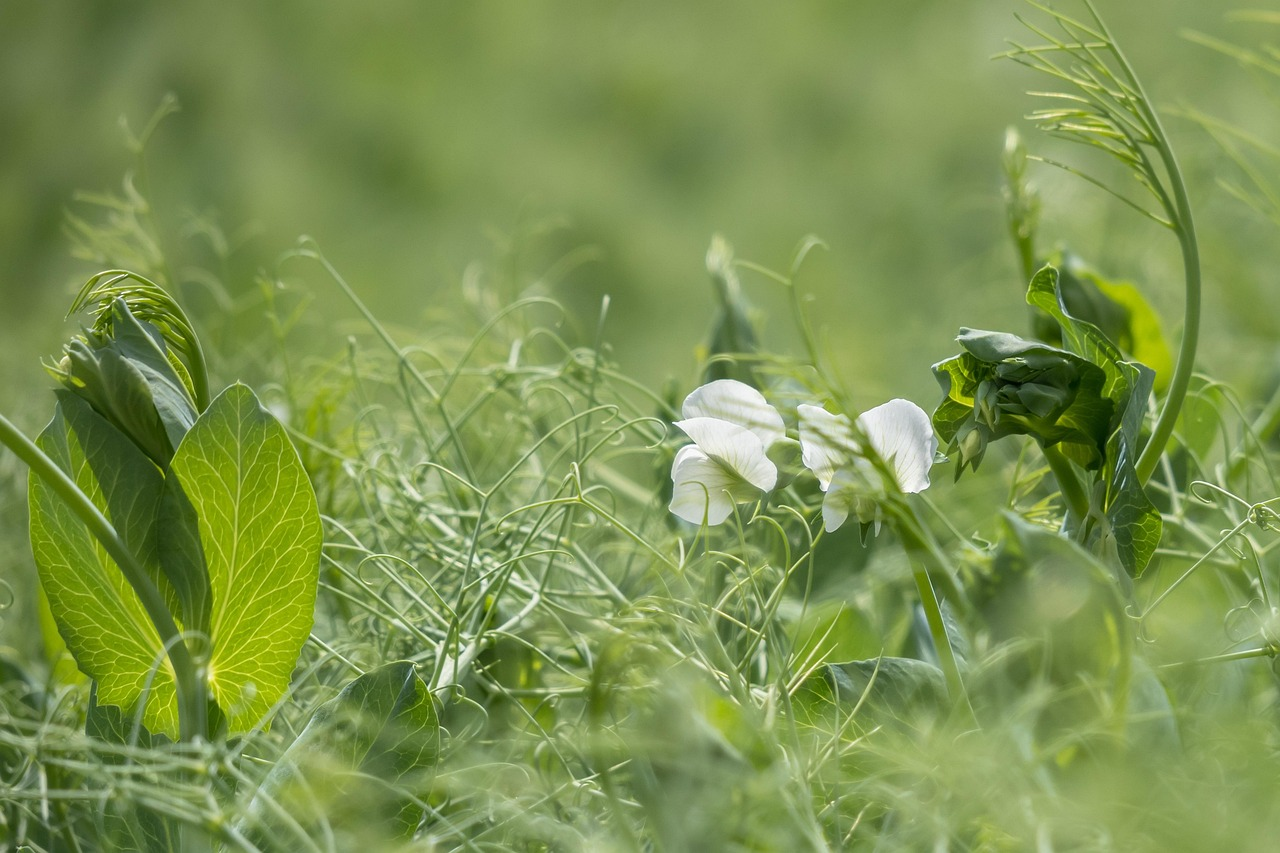
Peas in Mixed Cultivation: Good & Bad Companion Plants
When gardening close to nature, one thing is essential: colorful beds with a diverse mix of crops. In this article, we explain which plants are good and which are bad companion plants for your pea plants. We have also prepared sample bed plans for you!
This Article Contains:
- Planting Peas: Advantages of Mixed Cultivation
- Peas in Mixed Cultivation: How to Create a Plan
- Good Companion Plants for Peas in the Vegetable Patch
- Which Herbs and Flowers Go Well Next to Peas?
- Bad Companion Plants for Peas
- Example Planting Plans for Your Companion Planting With Peas
- Table: Companion Plants for Peas in the Vegetable Patch
- Frequently Asked Questions About Peas in Mixed Cultivation
Quick Overview
Planting Peas in Mixed Cultivation
- Peas belong to the legume family (Fabaceae). You can recognize this plant family by its butterfly flowers. They are known for being good green manure plants, as they fix additional nitrogen in the soil.
- Growth: slender in height with climbing support if necessary, medium-deep roots
- Location: semi-shady - sunny, low nutrient requirements
Good and Bad Companion Plants
- Good companion plants: cabbage, borage, dill, tarragon, fennel, nasturtium, caraway, pumpkin, turnip,...
- Bad companion plants: eggplant, wild garlic, beans, chilli, potato, garlic, leek, onions,...
Planting Peas: Advantages of Mixed Cultivation
In a mixed culture, different crops are planted together. Here, care is taken to ensure that these plants fit together well and do not compete for water, nutrients or light. This not only has the advantage that you make optimum use of the space in your bed, but also solves many of the problems caused by monocultures (= cultivation of a single crop). Monocultures create a one-sided habitat, which attracts crop-specific pests and diseases and allows them to spread more easily. By having a diverse mix of plants in your bed, on the other hand, you create diverse habitats and increase the biodiversity of plants and animals, allowing the ecosystem to regulate itself to a certain extent. This means you have less to contend with when it comes to diseases and pests. You can find out more about Mixed Cultivation in the Vegetable Patch and How to Create a Planting Plan in this article.
Peas in Mixed Cultivation: How to Create a Plan
The following information is important for planning a sensible mixed crop with peas:
- Plant family
- Above-ground and underground growth
- Site and soil conditions such as nutrient and light requirements
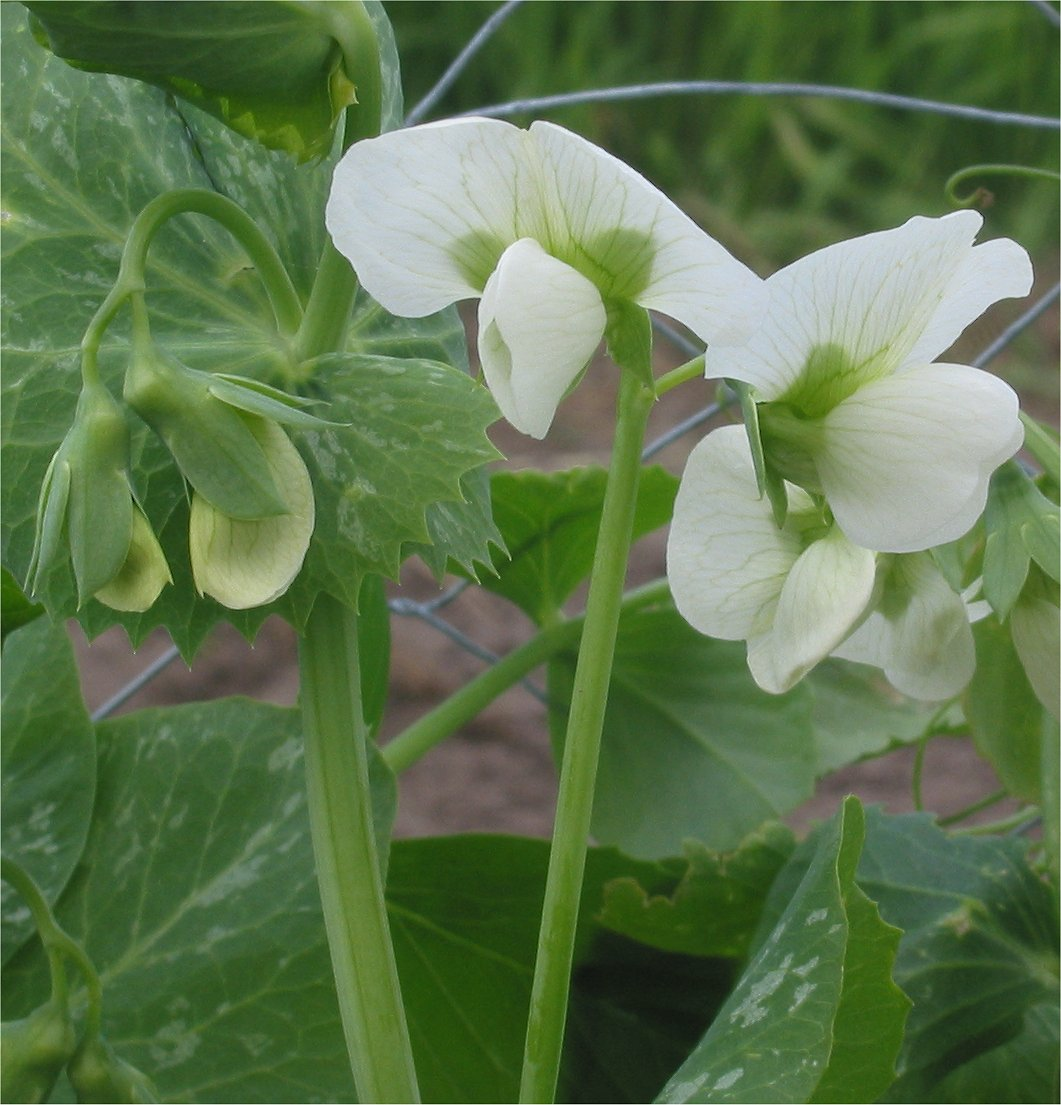
You can recognize peas by their beautiful white to pinkish butterfly-shaped flowers. Image by Rasbak – Own work, CC BY-SA 3.0 on Wikimedia Commons
Plant Family

You can recognize peas by their beautiful white to pinkish butterfly-shaped flowers. Image by Rasbak – Own work, CC BY-SA 3.0 on Wikimedia Commons
Peas belong to the legume family (Fabaceae), which is the most species-rich plant family in the world (with over 15,000 different species). Growth forms within this family are very diverse and include both annual and biennial herbaceous plants, as well as perennial, woody shrubs, trees, and vines. Because of their distinctive shape, the flowers are often referred to as butterfly flowers (papilionaceous flowers).
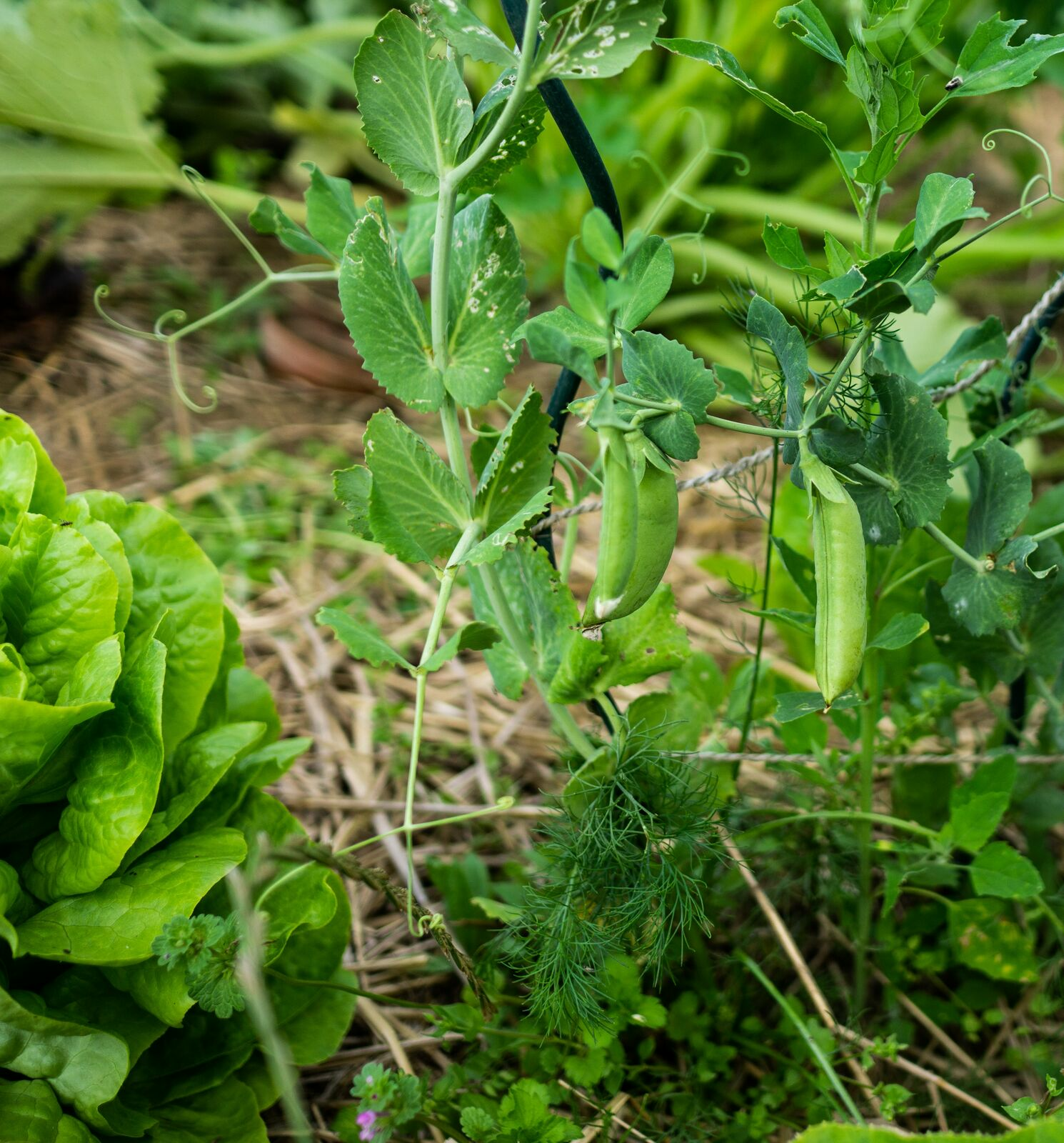
Peas grow tall and slender and need a support structure to climb.
Growth

Peas grow tall and slender and need a support structure to climb.
Above- and below-ground growth are important characteristics when planning a companion planting system. You can think of plants like puzzle pieces that fit together. Peas, for example, have moderately deep roots, which means they grow well alongside both shallow- and deep-rooting plants. Above ground, peas grow tall and slender and usually need some form of support to climb.
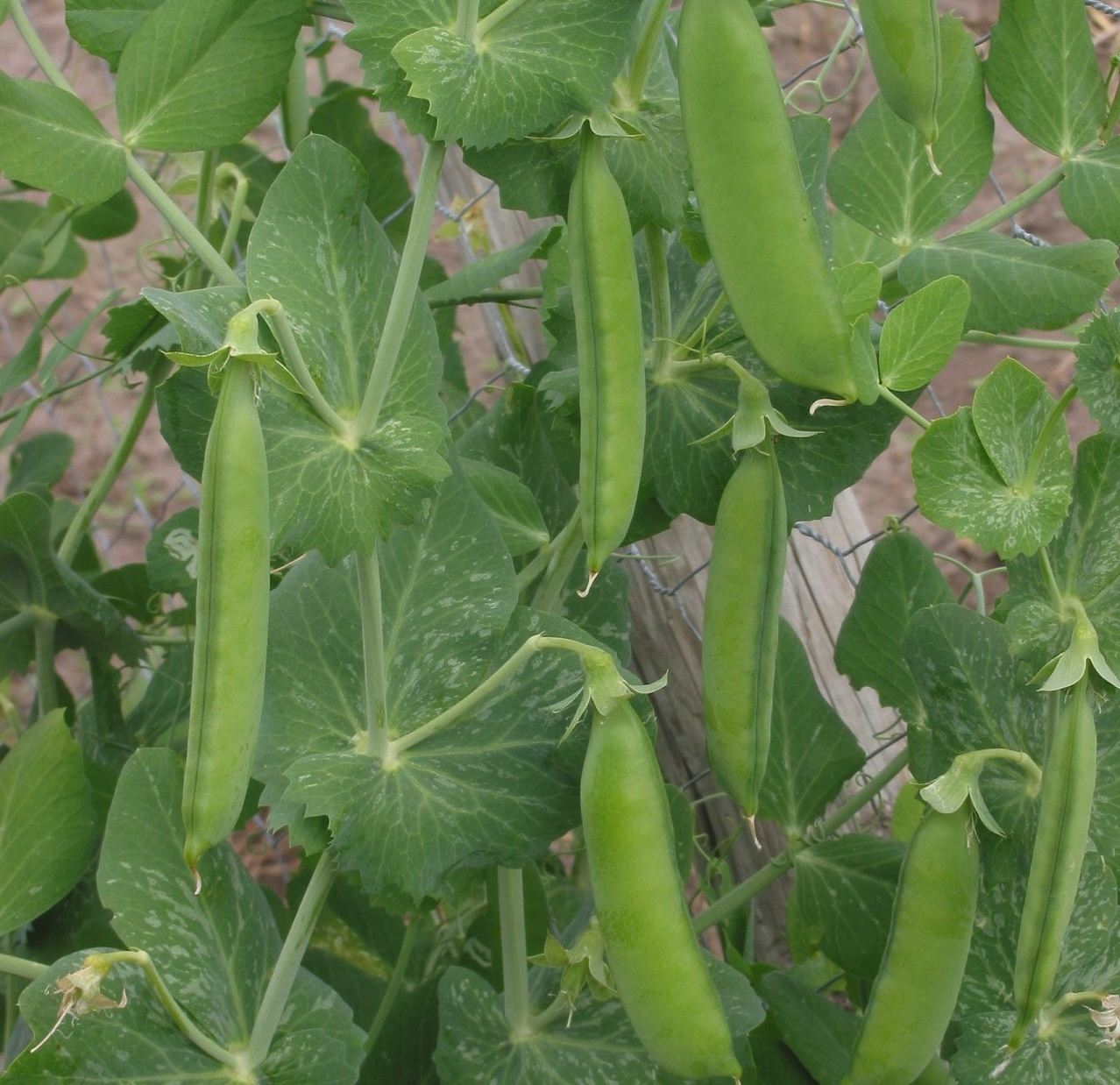
Peas are low-maintenance and grow well even in poor soils. Image by Rasbak – Own work, CC BY-SA 3.0
Location: Light and Nutrient Requirements

Peas are low-maintenance and grow well even in poor soils. Image by Rasbak – Own work, CC BY-SA 3.0
Peas thrive in partly shaded to sunny spots. They don’t need heavily fertilized soil—in fact, too much nitrogen can make them more susceptible to diseases and pests. If needed, the bed can be prepared in autumn with compost and a layer of mulch.
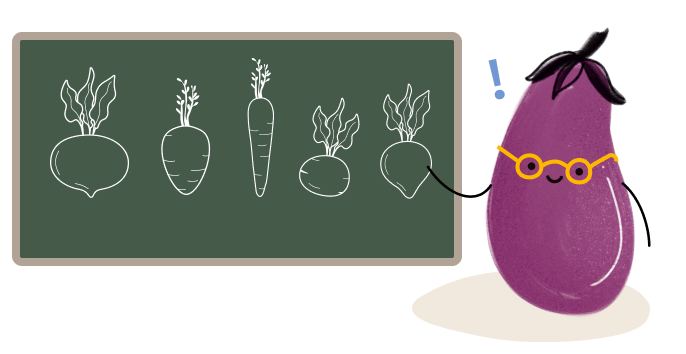
Peas can fix nitrogen in the soil!
Sidebar: Legumes and Their Symbiosis with Nodule Bacteria

Peas can fix nitrogen in the soil!
Legumes like pea plants can form a symbiotic relationship with nitrogen-fixing bacteria in the soil (rhizobia). These bacteria create nodule-like swellings on the plant’s roots, which is why they are commonly referred to as nodule bacteria. They are able to convert atmospheric nitrogen gas (N₂) into nitrate (NO₃⁻), making it available for the plant to use.
Good Companion Plants for Peas in the Vegetable Patch
We summarize: Peas grow slenderly upwards and have medium-deep roots. They also have moderate nutrient requirements and even enrich the soil with nitrogen. From this information, you can deduce which plants might be a good fit next to peas.
In the following, I will give you some good companion plants for peas. These good companion plants are based on the experience of numerous gardeners and have become established. However, this does not mean that other plants cannot work well next to peas. As long as you pay attention to the points mentioned above, you can try them out. Mixed crops are very individual and the most important thing is that you have fun trying them out. It helps not to see things so rigidly, because every garden and every gardener is individual.
Growing Peas Together With Root Vegetables Such as Carrots or Beets?
Peas go well alongside carrots, radishes, radishes, beet, turnips, root parsley, turnip greens, etc. The medium-deep roots complement the taproots and turnips of these plants well. It is also a good combination above ground and the plants can grow well next to each other without getting in each other's way.
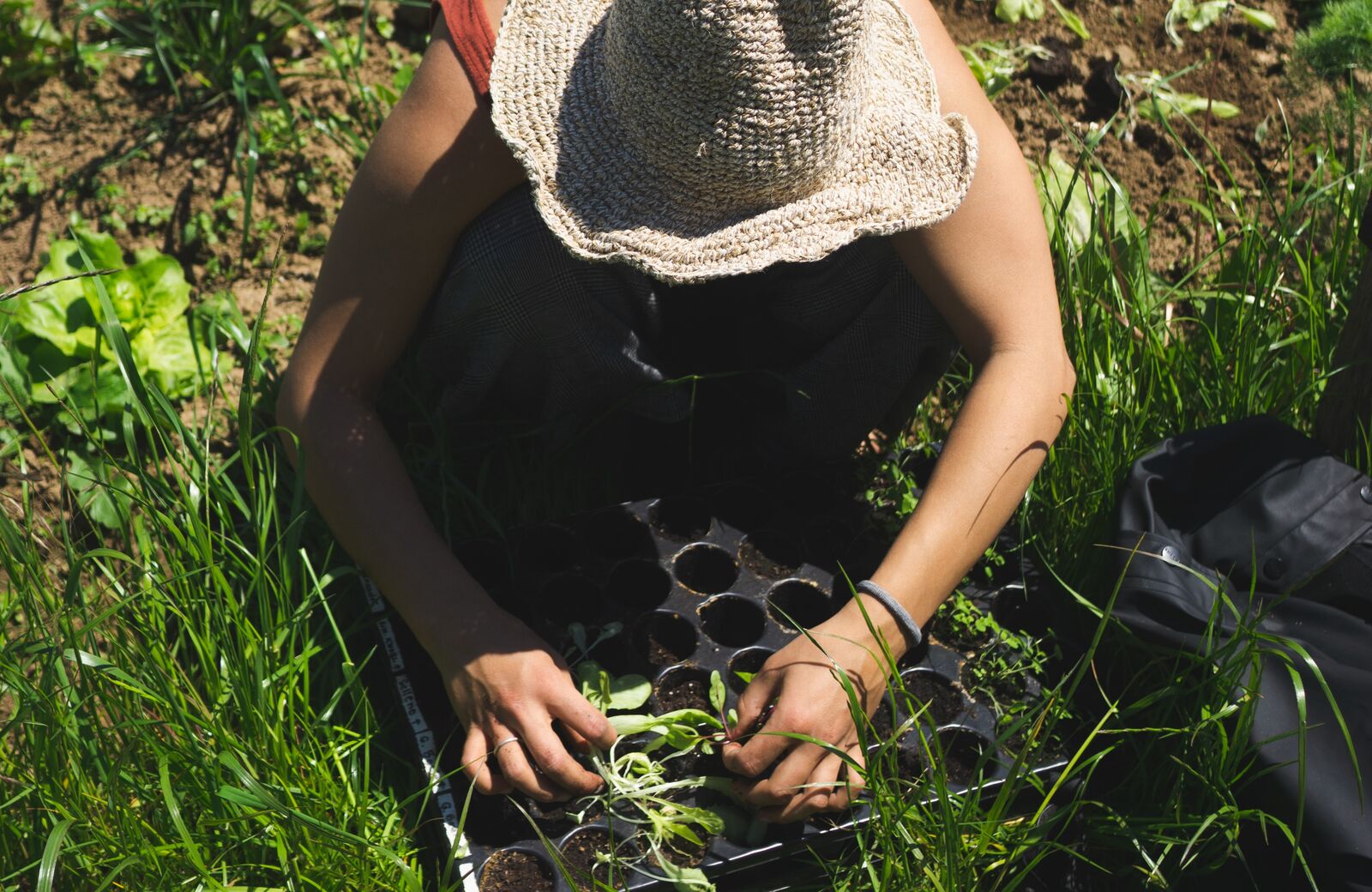
Peas and Sturdy Peas as Good Companion Plants
As a weak eater, peas can grow together with a number of plants: from weak to medium to strong feeders. Especially heavy feeders with a high nitrogen requirement benefit from peas as companion plants that provide additional nitrogen. When choosing the right companions, it depends on how you garden. Either you try to create a balance between strong and weak feeders in the bed. Or, you rotate between the beds with strong, medium and weak feeders (see: 4-Year Crop Rotation). Both are perfectly fine as long as variation and biodiversity prevail in your garden and you pay attention to soil and plant health! If you want to learn more about your soil, you can find All the Important Basics About Garden Soil in this article. We recommend not digging up your garden soil and using the No-Dig Method According to Charles Dowding. This involves fertilizing with compost once a year and not digging up the soil. This massively promotes soil health and the soil can build up humus more easily and quickly.
Cabbage Plants as Good Companions for Peas
Heavy eaters from the cabbage family (Brassicaceae) have proven to be good companion plants for peas: kale, palm kale, cauliflower, broccoli, chinese cabbage, white cabbage, savoy cabbage, pak choi, etc.
Make sure to keep enough distance between the headed cabbages and the peas, as these tend to grow very sprawling. These cabbages are also deep-rooted plants, which is why they complement the medium-deep-rooted pea well. They are also crops that can withstand frost and, like peas, can be planted in spring or fall.
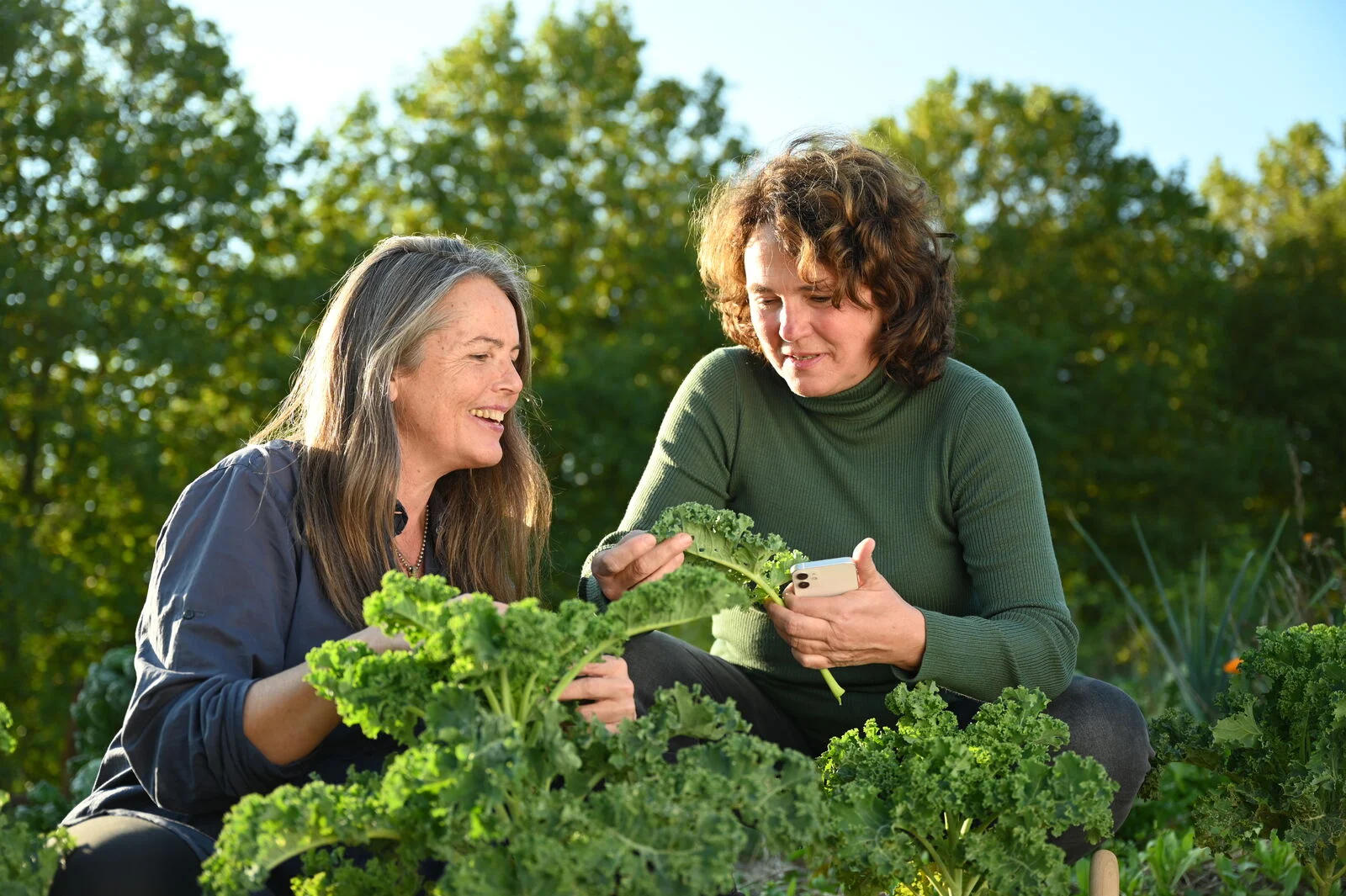
Pumpkin Plants as Good Companion Plants for Peas
Shallow-rooted heavy eaters also complement peas well: for example, pumpkin, corn and cucumbers. Pumpkin, maize and legumes such as peas and beans are a traditional South American mixed crop. This is also known as a milpa and you can find out How to Set Up and Plant a Milpa here. However, these crops are planted much later than peas, so you could plant the peas first and then add these heavy eaters from May onwards. This example clearly shows that the cultivation periods also play an important role. Peas are a spring and winter crop and are often a good pre-crop or post-crop for heat-loving crops.

Plan your companion planting with peas now!
With our digital garden planner, you can easily design a colorful companion planting layout and plan your garden. You'll see good and bad companion plants at a glance and get helpful tips on crop rotation and succession planting!
Plan Your Garden NowWhich Herbs and Flowers Go Well Next to Peas?
Herbs and flowers are always a great addition to the vegetable patch, as their flowers attract insects and pollinators and some scents keep so-called pests away from the patch. Herbs also improve the microclimate in the bed, especially herbs with large leaves play a role in the water balance in the bed. They help to regulate the humidity, which is why basil, for example, is known to keep mildew away from tomatoes. The same applies to borage, which is also a great addition to peas. Lemon balm, oregano, caraway, tarragon and dill are also good companions.
Other plants that complement peas well in mixed cultivation and are super useful are nasturtiums, marigolds and sunflowers.
- Nasturtium is probably the most popular plant among aphids and is therefore often planted as a "sacrificial plant". It attracts aphids and keeps them away from your vegetable plants. Its beautiful, edible flowers also attract insects.
- Marigolds also attract pollinators. But not only that, they also keep nematodes in the soil away, which like to nibble on the roots of our vegetable plants.
- Sunflowers have a strong stem, which is why they work well as a climbing aid for peas and beans.
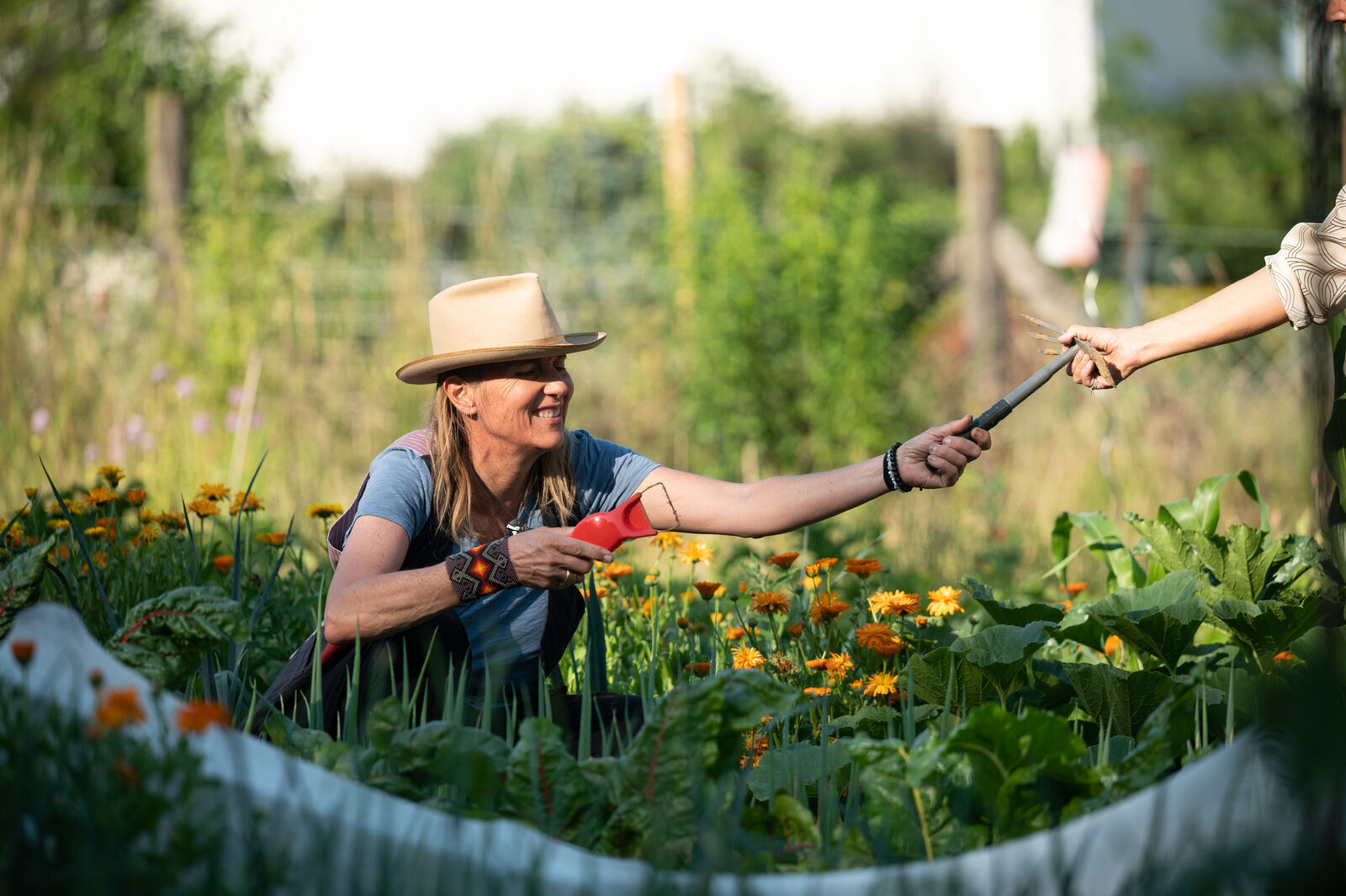
Bad Companion Plants for Peas
In general, you can remember that plants of the same family are considered bad companion plants. These plants are susceptible to the same diseases and pests, making it easier for them to spread in the bed. It is therefore generally advisable to mix crops from different plant families. However, this also depends heavily on the total area of the bed. If you have already planted half of your bed with peas, a crop from a different plant family is better suited to creating more biodiversity. For this reason, beans and soybeans are bad companions.
Heat-loving plants such as eggplant, chili and peppers are not suitable companions because they are grown at different times. Peas could be a pre-crop for these crops. In addition, chilies are also susceptible to aphids - just like peas. Another classic example of bad companion plants are peas and potatoes. Both plants are susceptible to downy mildew and they compete for nutrients.
Can I Plant Peas and Onions Together?
In general, leek and onion plants do not harmonize particularly well with peas and other legumes. Onion plants contain essential oils and sulphur compounds that have an antibacterial effect and therefore onion plants in a mixed crop are also well suited to keep certain diseases (especially fungal diseases) at bay. However, these substances have a disinfectant effect and this interferes with the nitrogen fixation of the legumes in the soil. This is because it is carried out by nodule bacteria. The root excretions of both plants therefore do not complement each other well. This is why onions, garlic, leeks, wild garlic, chives and the like are not good companion plants for peas.
Example Planting Plans for Your Companion Planting With Peas
We’ve included several companion planting layouts with peas in our bed plans. Here you’ll find inspiration and guidance for your planning — even across multiple years. Discover planting plans from experienced gardeners like Sister Christa or Mikrolandwirtschaft!
Table: Companion Plants for Peas in the Vegetable Patch
| Good Companion Plants | Bad Companion Plants | |||
|---|---|---|---|---|
| Borage | Kale | Potato | Aubergine | Potato |
| Broccoli and Brussels sprouts | Kohlrabi | Radish and daikon | Beans | Soybean |
| Cabbage | Lettuce | Beets | Wild garlic | Topinambur |
| Cauliflower | Lemon balm | Rhubarb | Bell pepper | |
| Caraway | Maize | Sage | Chili | |
| Carrot | Turnip | Spinach | Chives | |
| Chinese cabbage | Okra | Sunflower | Garlic | |
| Chili | Oregano | Tarragon | Leek | |
| Dill | Pak Choi | Lovage | ||
| Fennel | Parsley root | Onion |
If you have any questions or comments, please write to us at [email protected]. Would you like to receive helpful gardening tips all year round and plan your own beds optimally? Then register here or download the Fryd app for Android or iOS.
Fryd - your digital bed planner

Marie
Marie is an agronomist. She is particularly interested in the sustainable and organic cultivation of vegetables and other plants. In her own garden, she gained experience and likes to try things out to learn from nature. She is particularly interested in the values and principles of permaculture, in order to contribute not only to the well-being of nature, but also to the well-being of people and future generations.
Learn MoreCurrent Topics in the Community

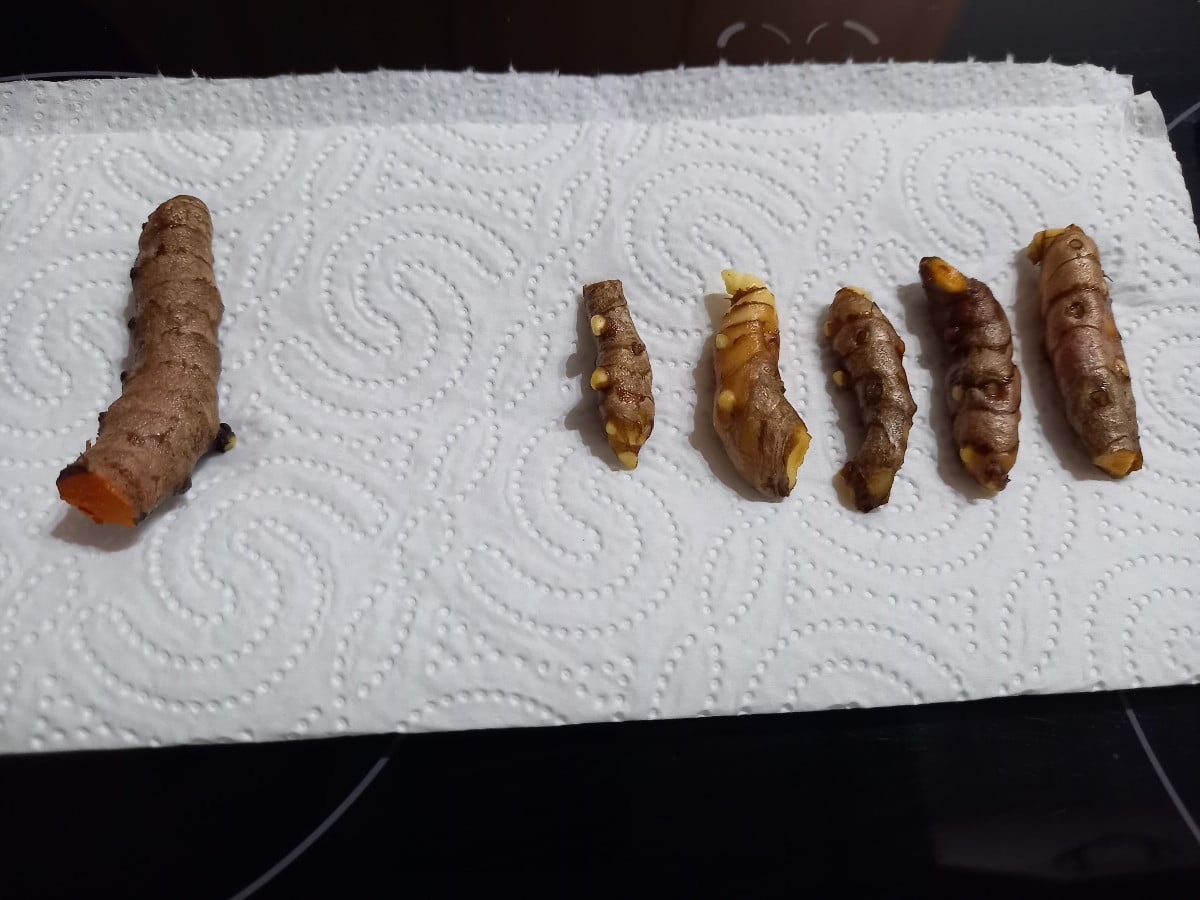
Liked 4 times
Hello folks, Today, after almost a year, I took my turmeric plant out of the flower pot that was on our windowsill. I think it's not bad for a 14x14 pot without any special care. On the left is the mother rhizome, which is also edible.
Show 2 answers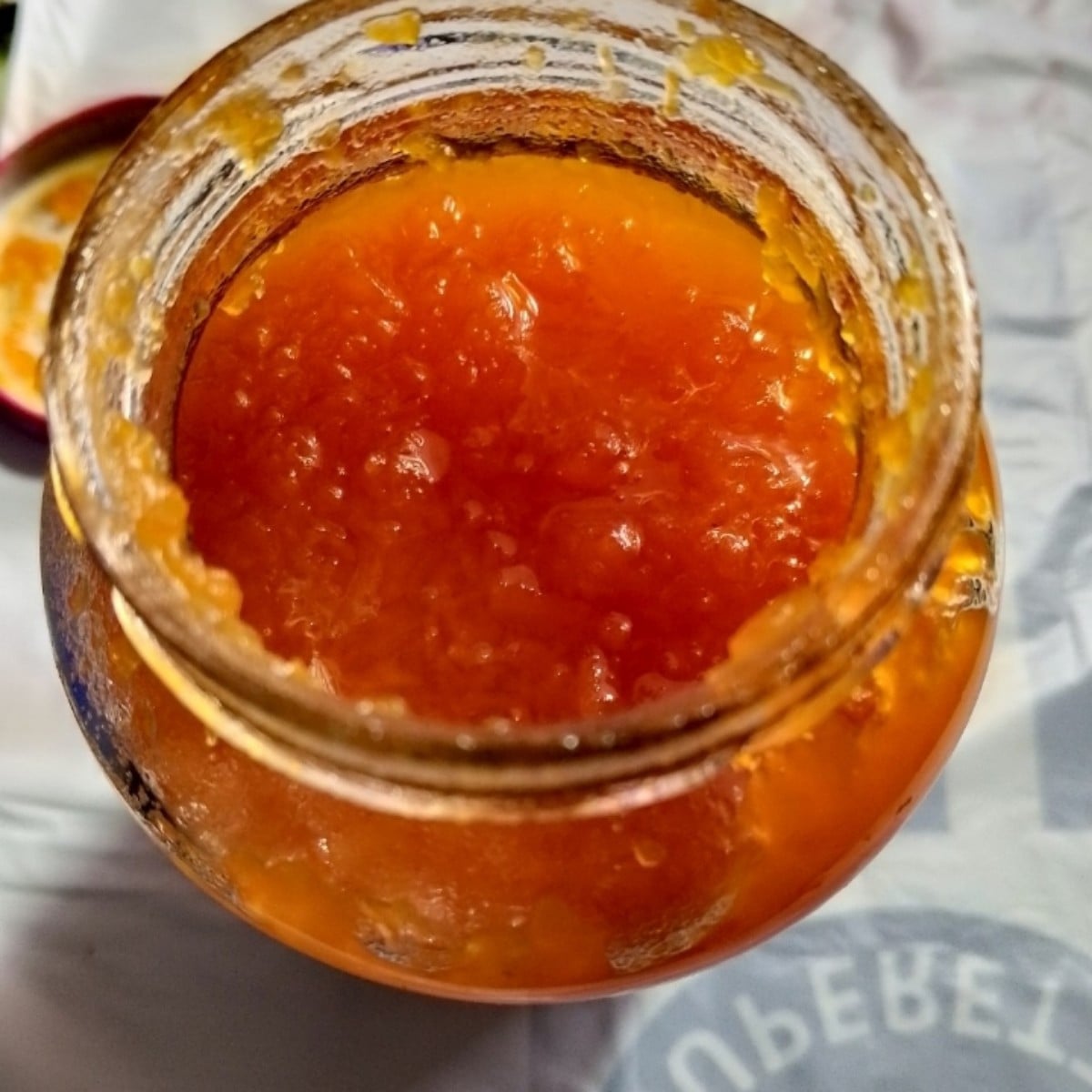
Liked 13 times
Pumpkin jam Cinnamon sticks are added for flavor. It tastes great, do you make pumpkin jam in Europe?
Show 5 answers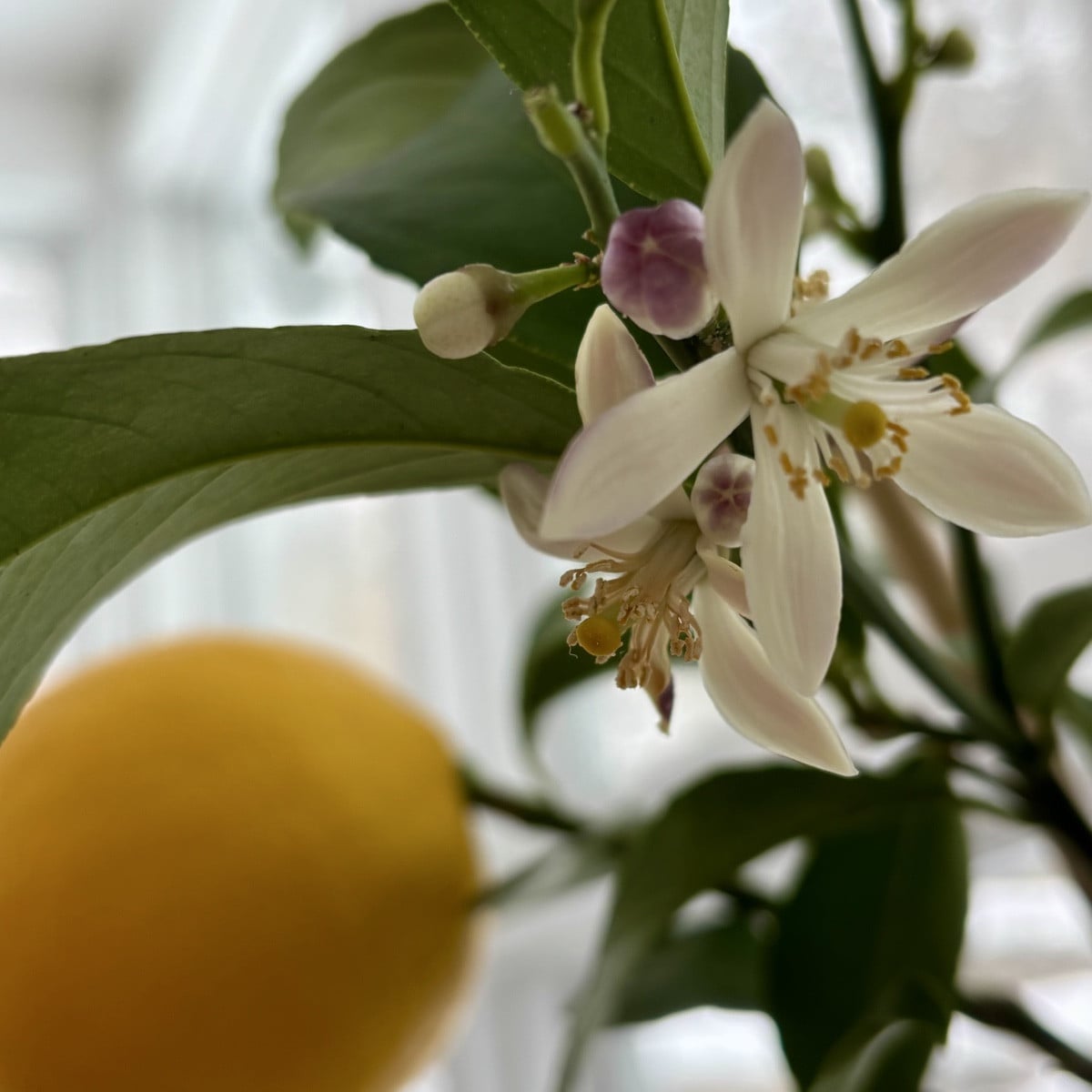
Liked 19 times
There's snow outside, but inside it smells of citrus blossom 🥰🍋🌸
Show 1 answerPopular Articles
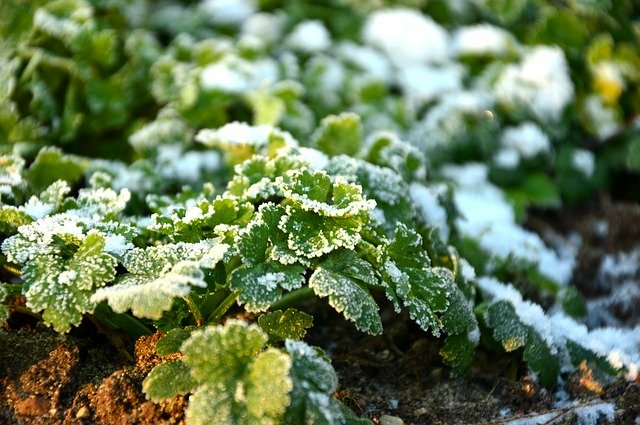
Overwintering Parsley: How to Do It Successfully
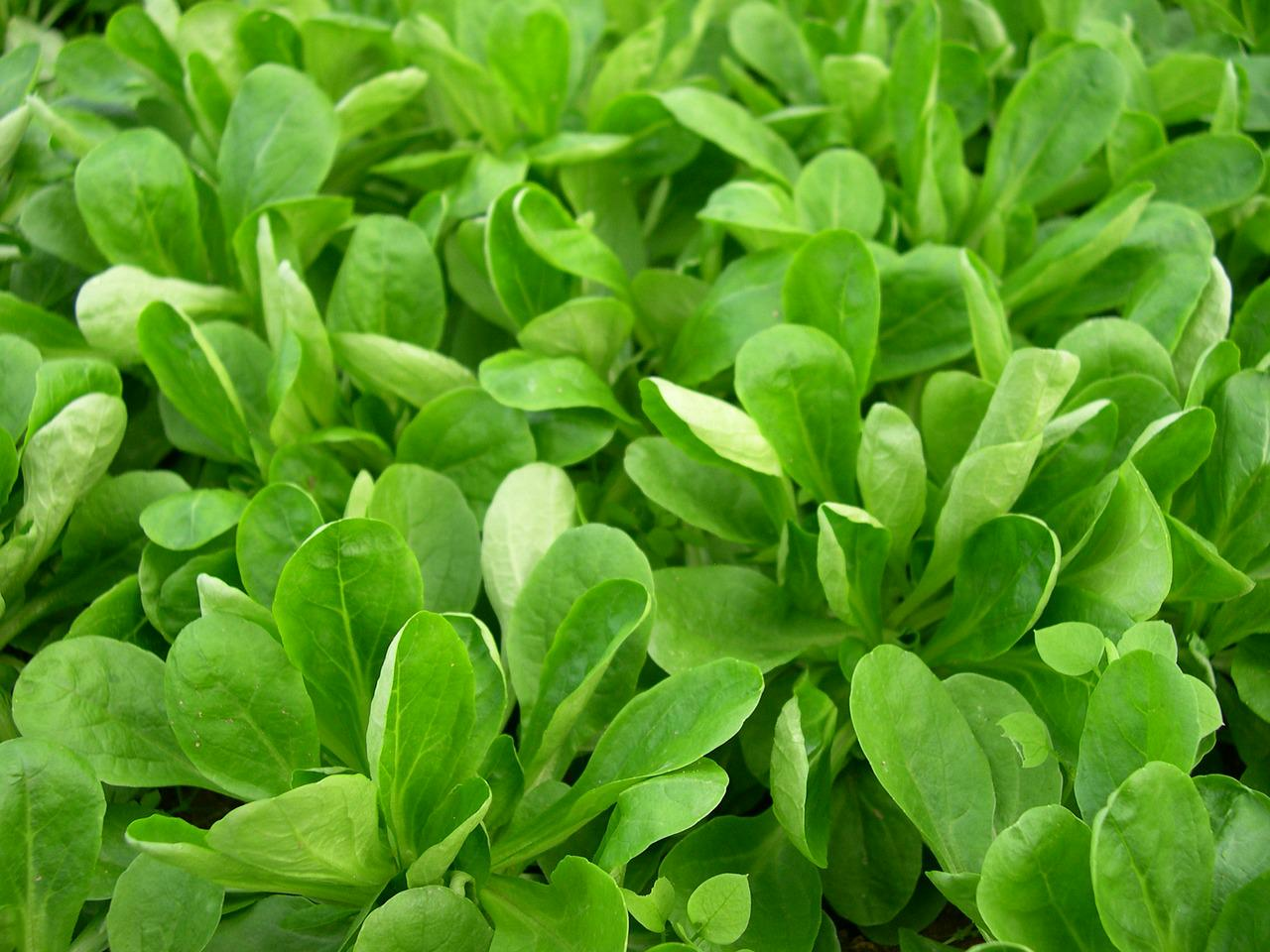
How to Grow Lettuce in Winter: Varieties, Sowing, Harvesting

Growing Sage Plant: Tips for Sowing and Harvesting
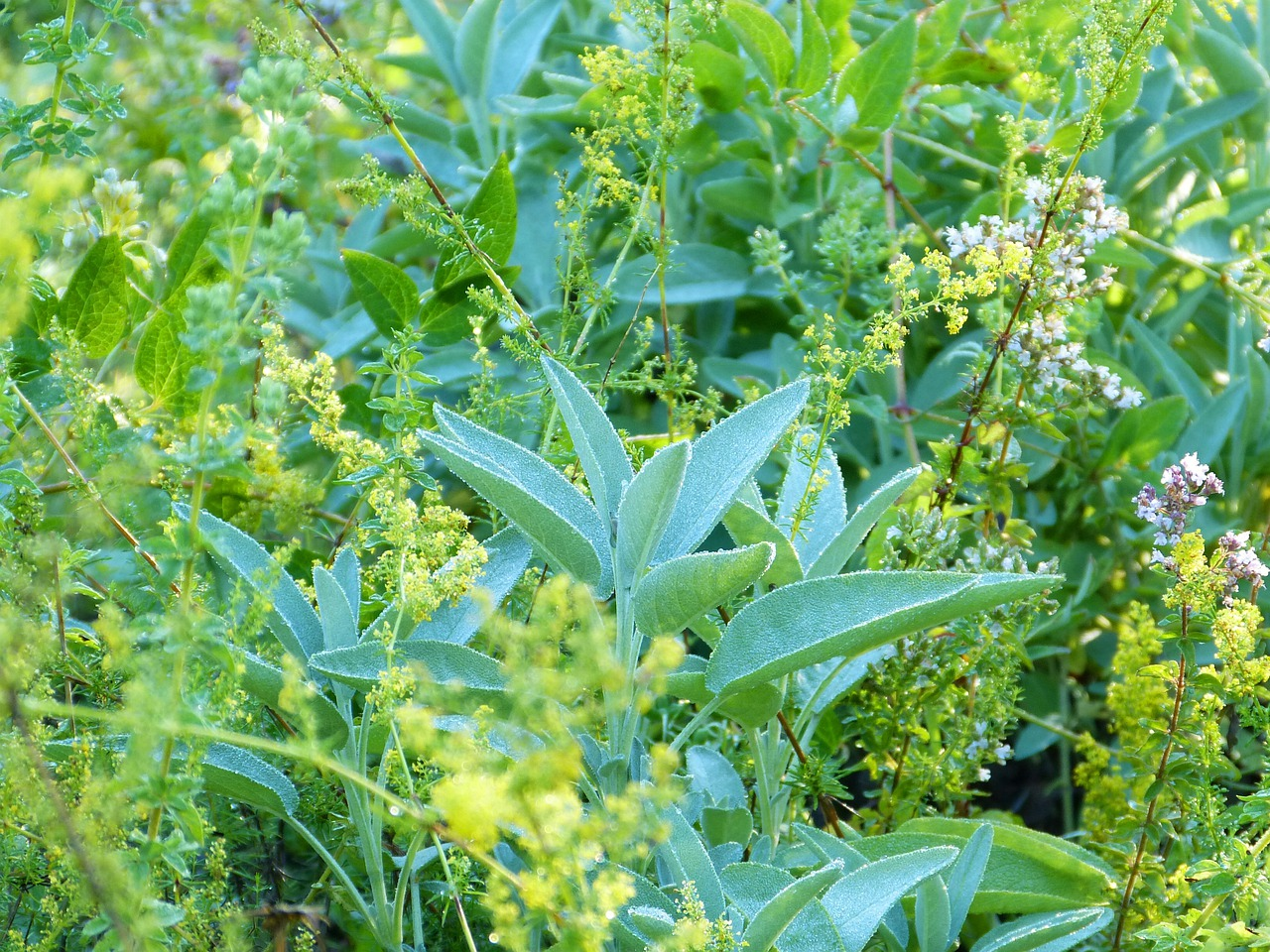
What Herbs Can Be Planted Together?
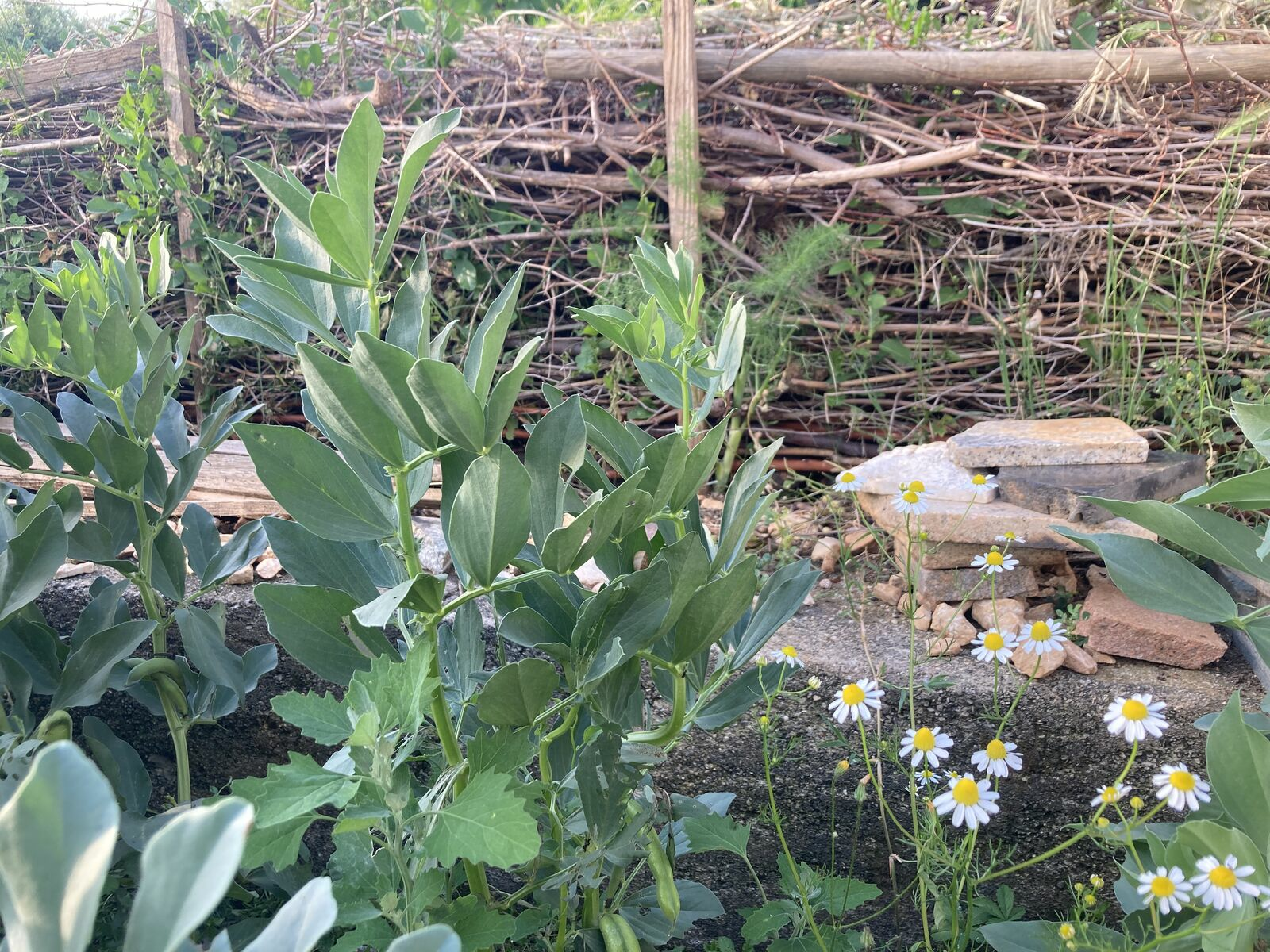
Create & Design a Permaculture Garden
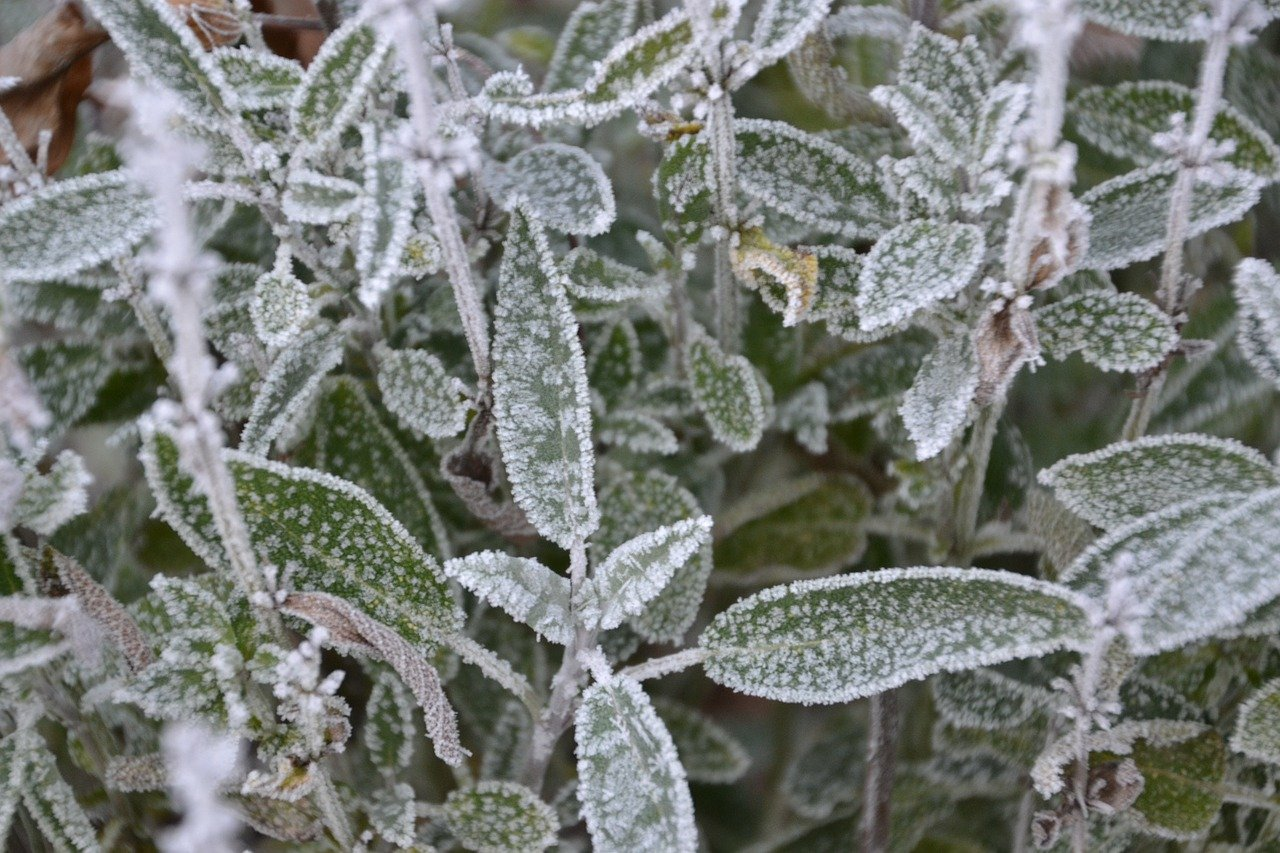
Overwintering Plants: Tubs, Pots and Raised Beds

Pruning, Fertilizing & Propagating Currants: Care Tips
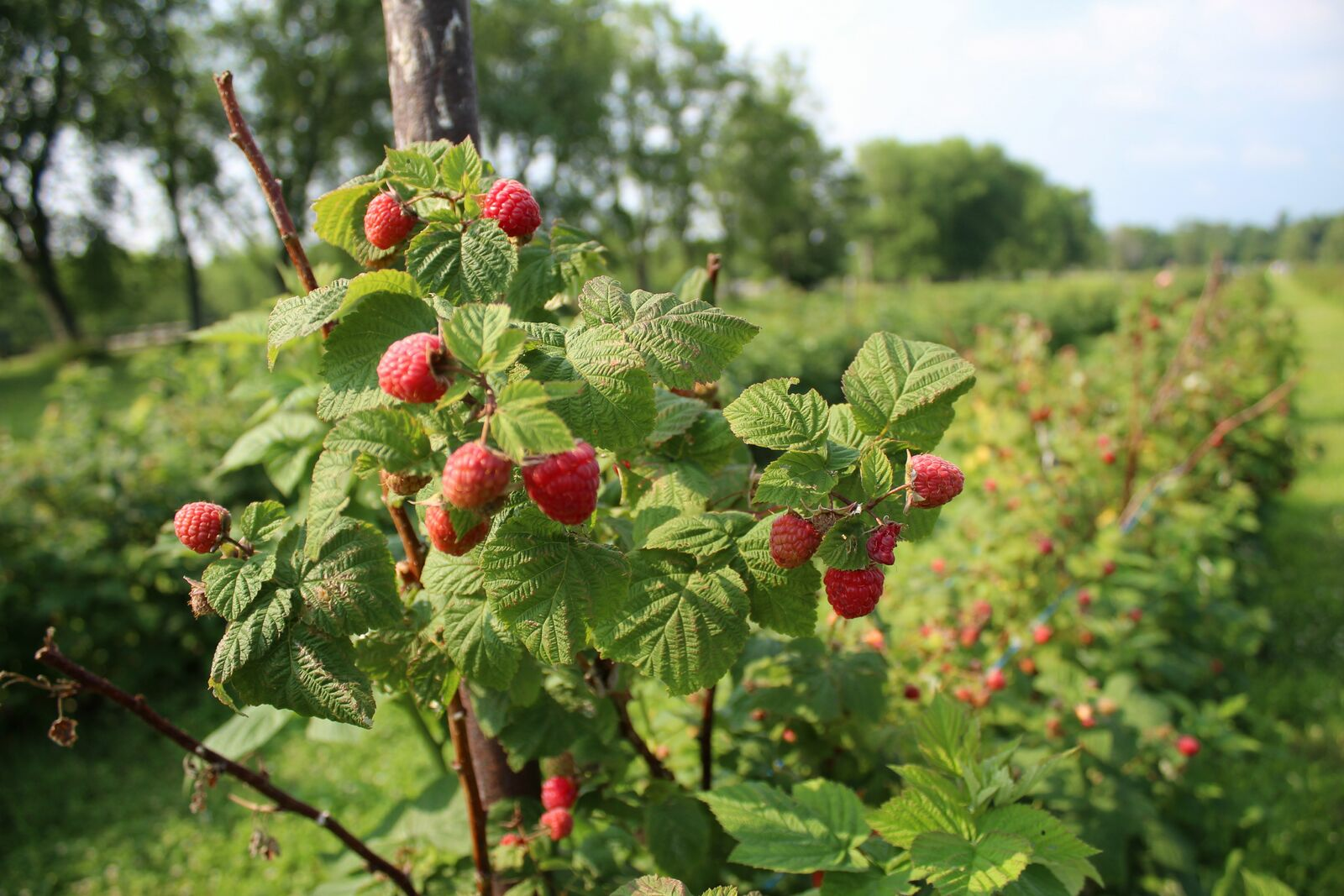
Pruning Raspberries: How to Do It
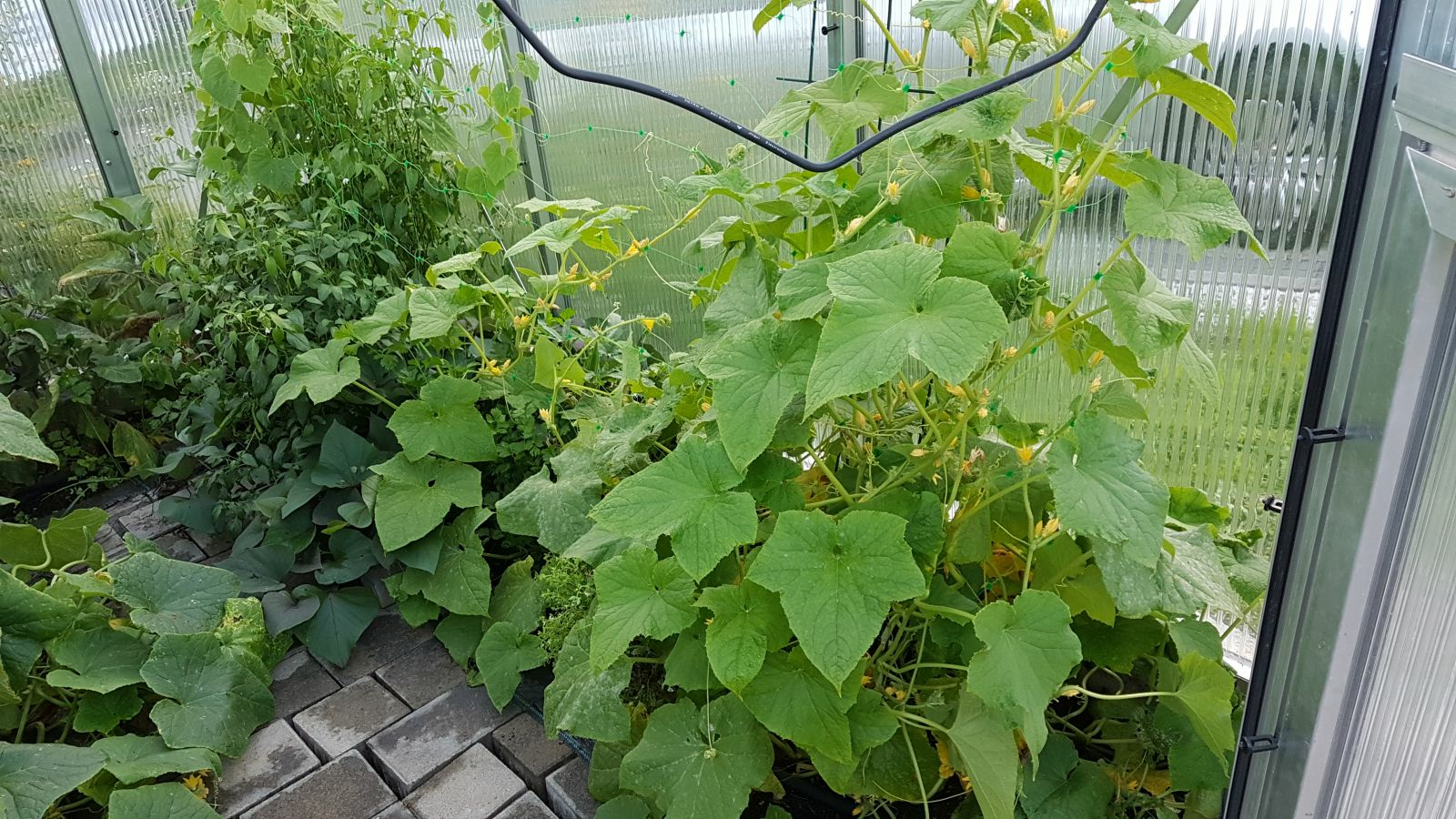
Vegetable Garden With Greenhouse: How to Use Greenhouse Effect
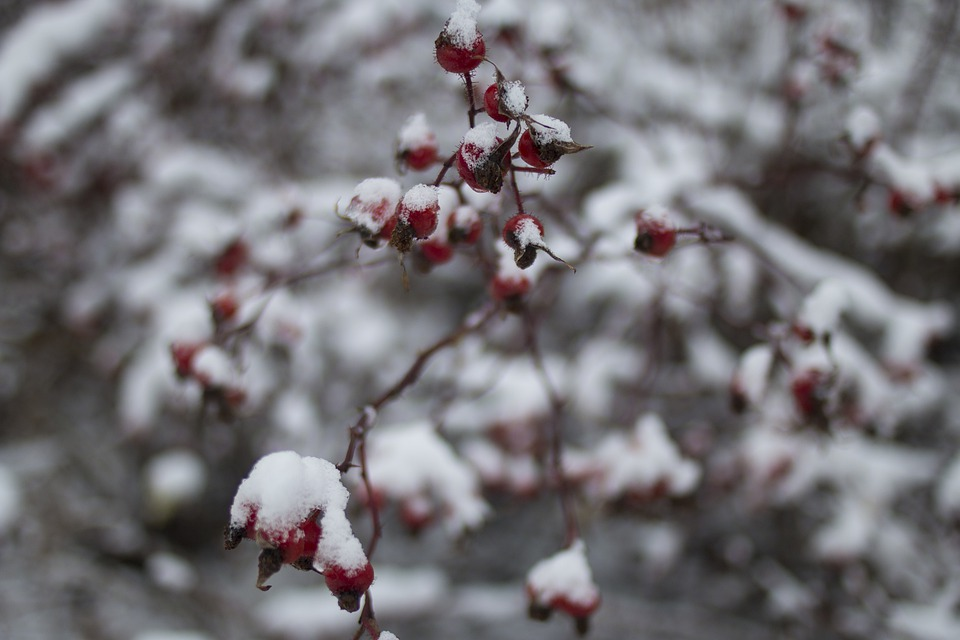
Winterizing Beds and the Garden: How to Do It
FAQ
Which plants are good companions for peas in mixed cultivation?
Good companion plants for peas include carrots, lettuce and spinach.
Which plants should not be planted next to peas?
Bad companions for peas include beans, garlic, leeks and onions.
Why shouldn't beans and peas be planted next to each other?
Beans and peas attract similar pests and diseases, which increases the risk of infestation.